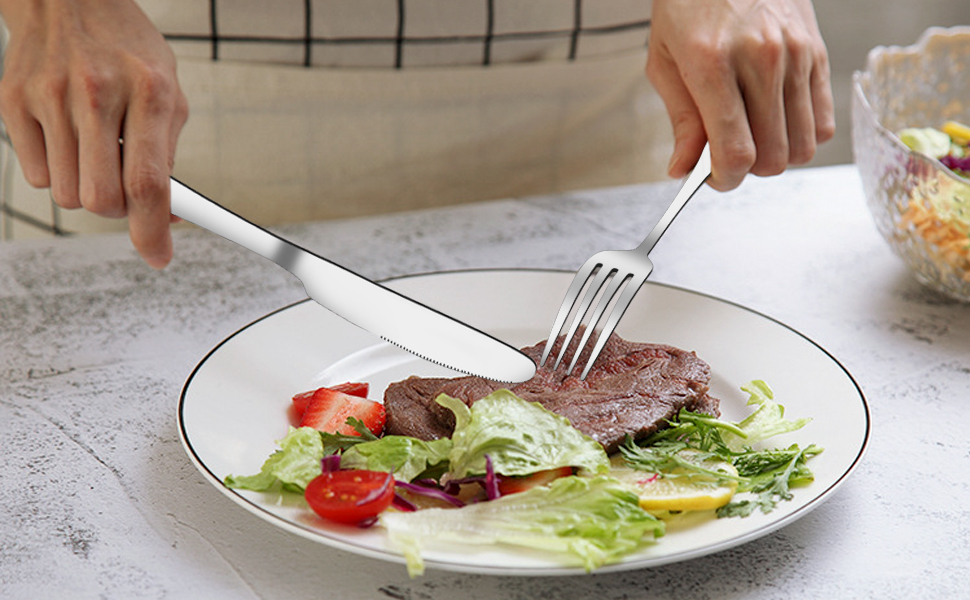Lasagna is a beloved dish that graces many tables, particularly during gatherings and celebrations. However, as any seasoned kitchen professional knows, the challenge lies not just in preparing this layered delight, but in serving it beautifully. Mastering how to cut lasagna neatly is a skill that can elevate your culinary presentation to the next level. In this guide, we will explore techniques and tools that ensure each slice is a masterpiece, leaving your diners impressed.

The Art of Cutting Lasagna
Cutting lasagna may seem straightforward, but achieving those perfect, Instagram-worthy slices requires a blend of patience, precision, and the right technique. Whether you're a chef in a bustling restaurant or a home cook aiming to impress, understanding the nuances of slicing lasagna can make all the difference.
Before diving into the cutting techniques, it's crucial to understand the different types of lasagna and their consistencies. Traditional meat lasagna, vegetarian versions, or even gluten-free options each have their unique textures that can influence your cutting method. Also, the type of cheese used, be it mozzarella, ricotta, or a blend, can also impact how neatly the lasagna holds together.
Essential Tools for Neat Cuts
Having the right tools is as important as the technique itself. A sharp knife is non-negotiable. A dull knife can tear the delicate layers, creating a mess rather than a clean cut. Many professionals opt for a serrated knife, which can glide through the layers without much pressure. For a more detailed discussion on knife choices, you can check out German Knife in Professional Kitchens.
Another handy tool is a bench scraper. It's perfect for lifting those perfectly cut pieces out of the pan without disturbing the rest. If you're looking to refine your knife skills further, consider reading about Knife Skills for Lasagna Serving.
Step-by-Step Guide to Cutting Lasagna
Let it Rest
One of the most overlooked steps in cutting lasagna is allowing it to rest after baking. Once out of the oven, let the lasagna sit for at least 15-20 minutes. This resting period allows the layers to set, reducing the risk of them falling apart when cut. For more on this, explore our article on How to Avoid Messy Lasagna Cutting.
Mark Your Cuts
Before making any cuts, use your knife or a toothpick to mark where you want to slice. This step ensures even portions and helps you visualize the final presentation. Consider the size of your servings based on the type of event or meal.
Start Cutting
With a firm grip on your knife, start cutting from the center outwards. Apply even pressure and let the knife do the work. Avoid sawing back and forth, as this can disrupt the layers. Once all cuts are made, use a bench scraper or a large flat spatula to carefully lift each piece.
Perfect Presentation
After cutting, presentation is key. Use a clean plate to serve each piece, garnished with fresh basil or a sprinkle of parmesan. The aesthetics of your dish can be as delightful as its taste. For a refined dining experience, you might also want to explore the nuances of cutlery language and how it can complement your serving skills.

FAQs
Why does my lasagna fall apart when cutting?
This often happens if the lasagna hasn't been allowed to rest after baking. Resting helps the layers to set and hold together better when cut.
What type of knife is best for cutting lasagna?
A sharp serrated knife is ideal for cutting lasagna as it can easily slice through the layers without compressing them.
Can I cut lasagna straight from the oven?
It's best to let lasagna rest for at least 15-20 minutes after baking. This allows the layers to firm up, resulting in cleaner cuts.
This article contains affiliate links. We may earn a commission at no extra cost to you.


























